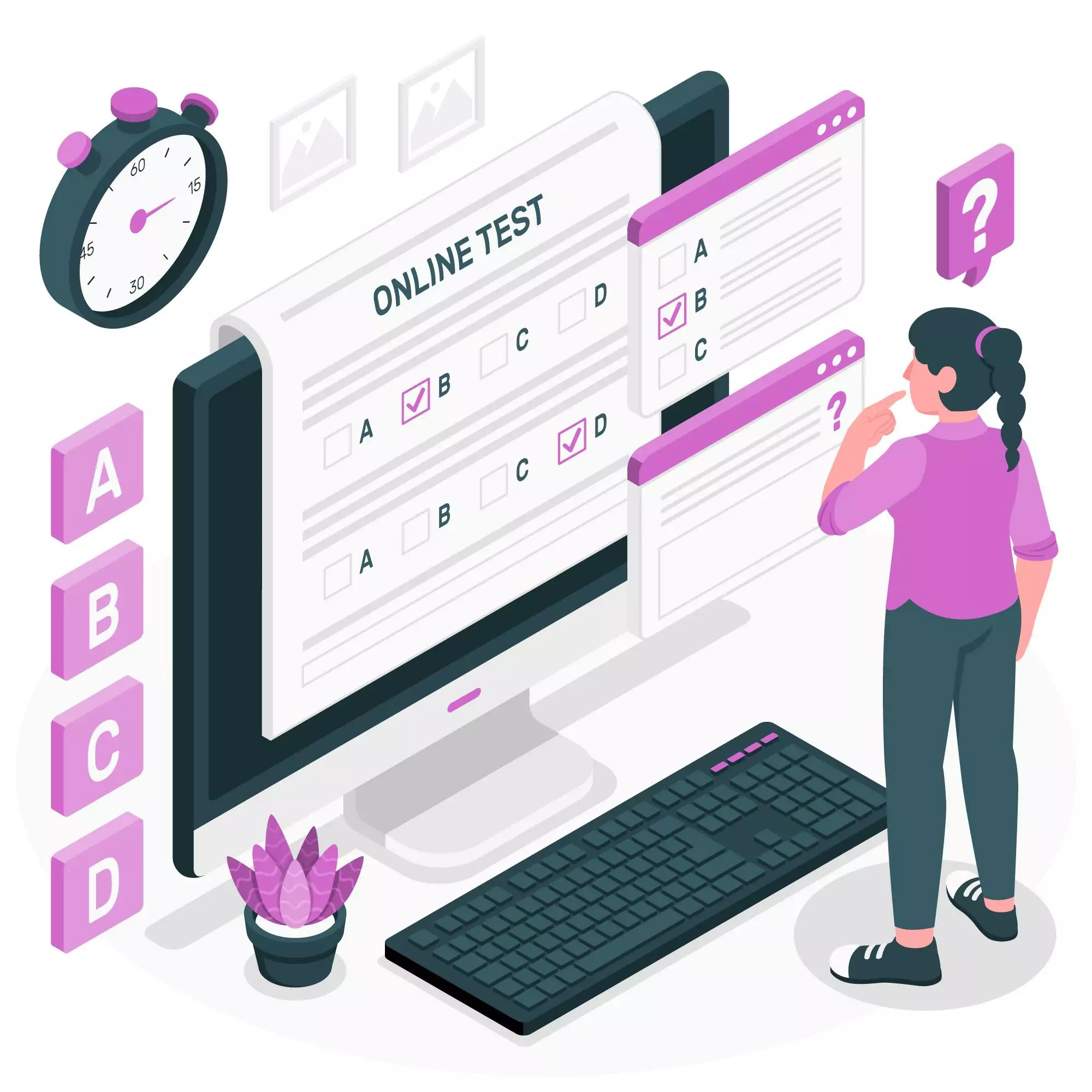
5 powerful ways AI and psychometric assessments are transforming hiring
Shortlisting the best-fit candidates from a vast number of applicants based on resumes, references and interviews, may not necessarily result in a pool of the best performers. An evaluation that can provide an objective picture of an individual’s performance potential is essential for organisations looking to recruit optimal talent. Psychometric testing is now widely used, with 75% of Fortune 500 companies embracing it as a part of their recruitment process. Psychometric assessments allow organisations to appraise candidates based on cognitive abilities, personality attributes, and behavioural tendencies.
Integrating AI and data-driven insights into psychometric assessments opens the door to improved efficiency, accuracy, and fairness. AI and data-driven insights facilitate refining and enhancing traditional psychometric assessment methods. AI adds value by measuring the characteristics that predict future job performance with greater efficiency and depth. It supplements or replaces conventional screening of candidates through better outcomes, and reduced costs and time.
Let’s take a detailed look at the transformative advantages that AI-empowered psychometric assessments bring.
Advantages
Assessment identification and validation: Choosing the correct testing profile for a job is a problem that many organisations face. AI can perform in-depth job analyses to list the knowledge, skills, abilities, and other characteristics (KSAOs) required for a particular position. AI solutions can identify and recommend psychometric test profiles based on the KSAOs. These tools can also supplement the meta-analyses performed by industrial-organisational (I-O) psychologists to create and validate assessments, and compute statistics that indicate the reliability and accuracy of an assessment.
Candidate screening and skill match: Psychometric tests narrow down a large volume of applicants to a reasonable number of the most suitable and skilled candidates. Traditionally, psychometric tests have been self-reporting, leading to compromised objectivity, or if evaluations have been done by experts, they have required significant cost and time. AI provides quicker and more accurate evaluations for all kinds of psychometric testing. ML tools automate scoring for tests requiring open-ended responses by assessing and categorising the responses. AI evaluation of video interview tests is done by analysing expressive features like voice tone, eye contact and body language, and scoring sentence structure and word choice.
Objectivity, diversity, and inclusion: Conventional assessments created and evaluated by people might have ingrained biases, resulting in certain demographic groups being favoured or existing stereotypes being reinforced. A skewed assessment process leads to unfair and discriminatory outcomes. By analysing large and diverse datasets and potential sources of bias, AI algorithms can make more equitable assessment models that minimise, if not eliminate, the impact of unconscious biases. The AI assessment must be built on representative data of all groups and might even need strategic oversampling. Minimising bias results in better-fit candidates with higher potential, and greater diversity and inclusion.
The inclusion of neurodiverse candidates has come in for much discussion in recent times. Many organisations are actively trying to engage in this now. AI could transform this effort through customised assessments and matching jobs and skills for neurodiverse candidates.
Adaptive and personalised: AI-enabled testing is personalised and engaging for candidates as it adapts to an individual’s performance in real-time. Further questions are generated based on the responses given. So every candidate answers a different set of questions. This adaptiveness prevents disengagement that can result from the test being too easy or hard. Response-based personalisation presents a clearer picture of candidates’ abilities by diving down or scaling up to their competence levels instead of testing at a fixed difficulty level. Such assessments generate comprehensive insights that help create individualised learning plans for selected candidates, allowing organisations to maximise employee potential.
Predictive analytics: Organisations have exhaustive employee data regarding hiring, psychometric testing, appraisals, demographics, and training. Talent data in organisations can be analysed to identify patterns and correlations. Predictive analytics using ML, big data, and psychometrics will enable in-depth insights into the future performance of selected candidates. The cost of a bad hire is prohibitive. Predictive analytics that can forecast the success of a hire will be a game-changer in talent management. It can be the base and a catalyst for a continuous review and fine-tuning cycle of an organisation’s testing and hiring practices.
Integrating AI and psychometrics can complete the talent jigsaw puzzle for an organisation, spearheading an organisation’s journey towards being the best-in-class.
References
